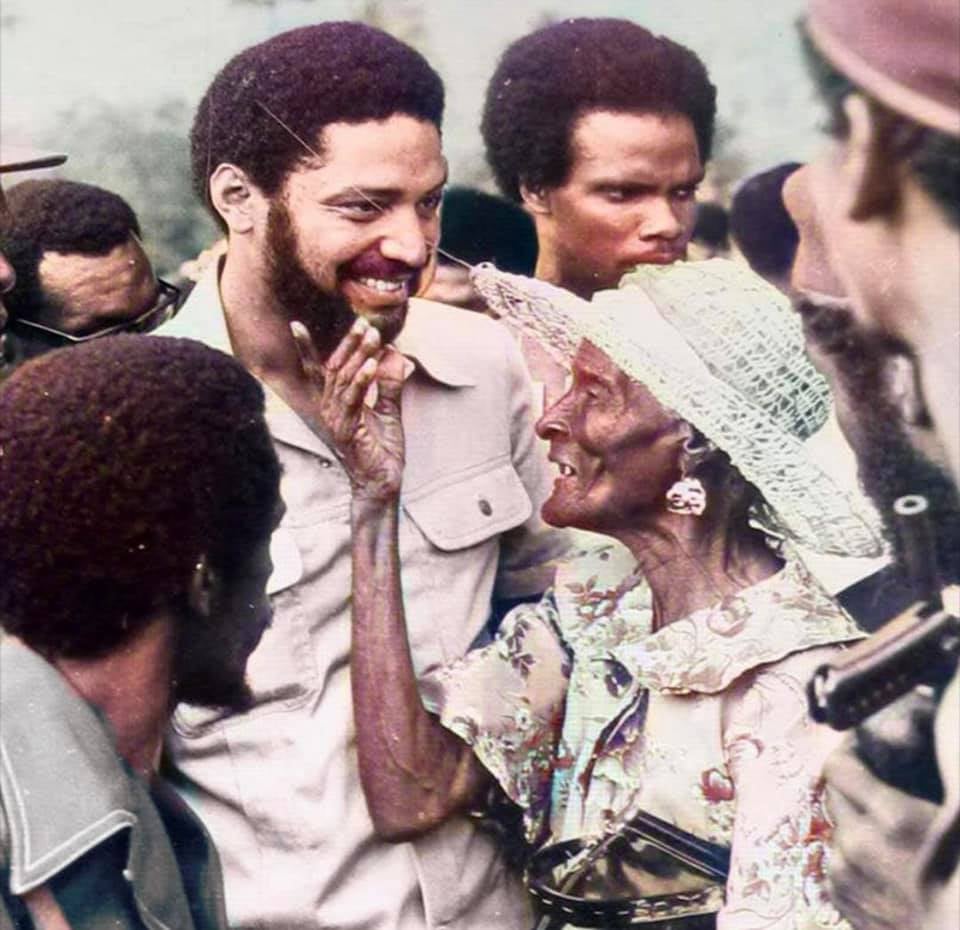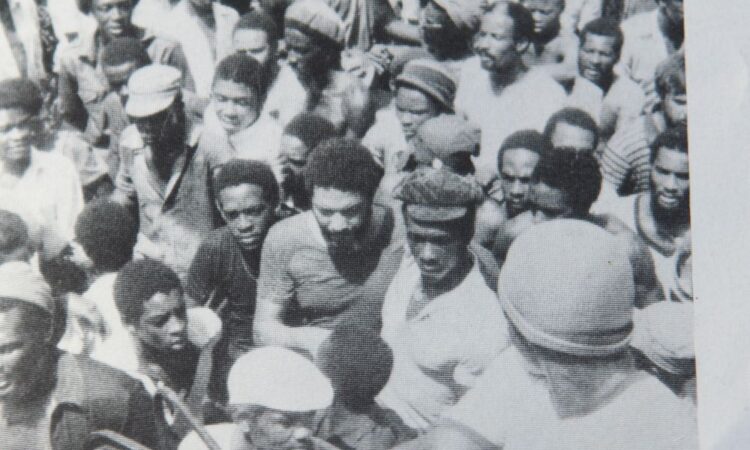On a day that would forever change the course of Grenada’s history, October 19, 1983, the charismatic Prime Minister Maurice Bishop met his tragic end. However, this day, and the events that led up to it, remain shrouded in mystery, rife with inconsistencies and divergent narratives.
Maurice Bishop’s leadership, which began with a coup ousting Sir Eric Gairy in 1979, would culminate in an explosive internal rift. Just days before his demise, he was placed under house arrest due to disputes within the New Jewel Movement (NJM). Yet, on that fateful day, mass protests erupted, demanding his release. Following a brief taste of freedom, Bishop, along with several close allies, was tragically executed at Fort Rupert.
In the aftermath, 14 individuals were held accountable and sentenced to hang for their roles in the assassination. The incident also paved the way for the U.S. invasion of Grenada just days later, in what was a tumultuous period for the nation.
Yet, as with any major historical event, perspectives vary. Depending on one’s alliances and beliefs at the time, the account of October 19th can differ dramatically. Some hail Bishop as a hero, while others may see the day’s events as a necessary political maneuver.
It’s crucial to approach the narrative of this day with an open mind, recognizing that the truth may lie somewhere in between the many tales told. For Grenadians and historians alike, the quest for understanding continues.
Background: Maurice Bishop came to power in 1979 through a coup that ousted the then Prime Minister, Sir Eric Gairy. Under Bishop’s leadership, Grenada aligned more closely with communist countries, which drew concern from Western nations, especially the United States.
Internal Strife: Within the government led by the New Jewel Movement (NJM), there were ideological differences and personal rivalries. A significant rift developed between Prime Minister Maurice Bishop and Deputy Prime Minister Bernard Coard. Coard and his supporters believed in a collective leadership model, while Bishop and his faction opposed this idea.
Arrest of Bishop: On October 13, 1983, Maurice Bishop was placed under house arrest by Bernard Coard’s faction following internal disputes within the NJM.
Uprising and Assassination: On October 19, 1983, mass protests erupted, leading to the release of Bishop from house arrest. He, along with several supporters, went to the army headquarters at Fort Rupert. However, the situation escalated, and later that day, Maurice Bishop, along with some of his close allies including cabinet ministers, were executed by members of the People’s Revolutionary Army.
Aftermath: The assassination of Bishop and the subsequent instability created an environment of chaos in Grenada. This situation provided the pretext for the U.S.-led invasion, named Operation Urgent Fury, on October 25, 1983. The invasion resulted in the removal of the People’s Revolutionary Government, and the establishment of an interim advisory council until democratic elections could be held.


